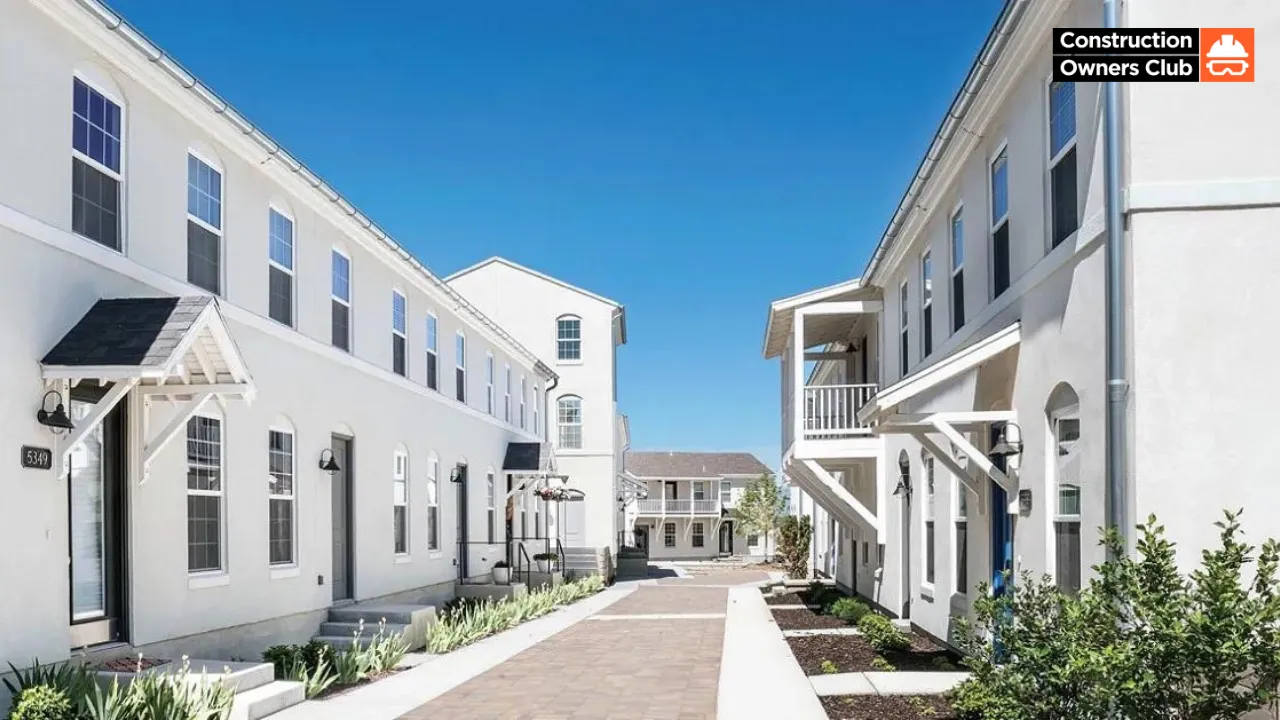
The National Association of Home Builders (NAHB) is urging Congress to address the nation's housing affordability crisis by increasing housing supply. However, their proposed solutions raise questions about potential unintended consequences.
The NAHB argues that a shortage of 1.5 million housing units is the primary driver of rising housing costs. Steve Martinez, a home builder testifying on their behalf, emphasizes the need to remove barriers to construction, such as stricter regulations and limited land availability.
The NAHB's 10-point plan proposes reducing regulations, streamlining permitting processes, and promoting construction careers. While these measures could potentially increase housing supply, it's crucial to consider potential drawbacks. Could deregulation lead to lower quality construction or environmental concerns? Would faster permitting processes compromise safety standards?
The NAHB also highlights rising construction costs due to tighter financing conditions and supply chain disruptions. While these are real challenges,- their focus on increasing supply as the sole solution ignores potential demand-side factors. Are there ways to make housing more affordable without simply building more?
The impact of regulations on affordability is a complex issue. While excessive regulations can add costs, some building codes ensure safety and energy efficiency. Finding the right balance between affordability and these important values is essential.
The NAHB's call for investment in domestic building material production is a positive step towards addressing supply chain issues. However, the long-term viability of such solutions needs careful consideration.
The NAHB's proposals offer a starting point for the conversation on housing affordability. However, a comprehensive solution likely requires a multi-pronged approach that considers both supply and demand, as well as potential trade-offs between affordability and other priorities.